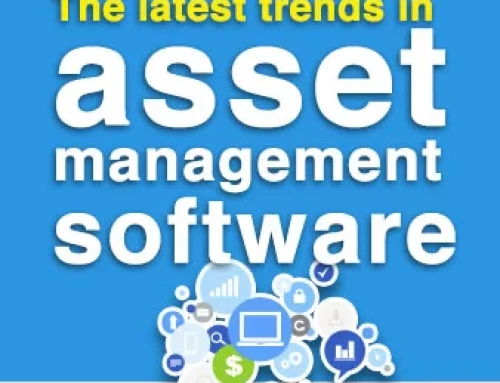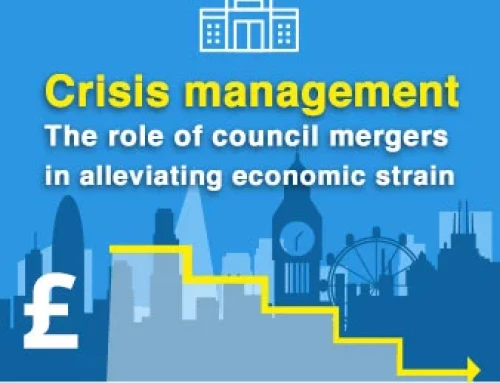A Complete Guide to Planned Preventive Maintenance Strategy
Because prevention is always better than cure!
Planning is bringing the future into the present so that you can do something about it now.
– Alan Lakein
A service business organisation should be ever-prepared to achieve impeccable superiority. It is better to plan and take care of things in advance than running for the safety later. If you’re responsible for managing assets, buildings, equipment, vehicles or managing service and maintenance requests, you’d have faced the difficulties and consequences of unplanned activities. It’s tough to crack a nut while balancing work orders, mobile workforce, costs, and quality of assets and facilities.
Planned preventive maintenance (PPM) refers to the business practice of designing schedules and executing service tasks before the breakdown occurs. It is desirable to reduce the reactive maintenance costs and efforts. Planned preventive maintenance offers many benefits like increased equipment efficiency, extended asset lifetime, well-maintained quality of facilities, timely availability of labour and resources, high uptime guarantee and lesser breakdowns bringing work to a halt. Here’s your chance to attend a webinar by Mark Eves where he will be sharing the top tips of the most successful client organisations he has worked with and how he helped them to excel in their service delivery while managing the staff, back-office executives and customers.
What are the steps to implementing a top notch planned preventive maintenance strategy?
To avail all the advantages of PPM approach, you need to get the ball rolling in a perfect way. Here’s presenting a step-wise procedure to help you begin the things-
Distinguish planning and scheduling activities
As a matter of fact, you need to plan before you schedule the work orders. Many people use these terms interchangeably, it is necessary to understand the basic difference. Planning refers to ‘what’ and ‘how’ whereas scheduling covers ‘who’ and ‘when’ part of the job. So, you need to plan what is to be done, how to do it and what resources are required. Then assign it to the suitable technician or staff member for a specific location and time.
Identify the desired ultimate outcome
A journey without a destination is not fruitful when it comes to business. Plan to begin with the end in the mind and devise a plan leading to the outcome. Figure out the expected goals in terms of reducing downtime, increasing productivity, asset life, resource utilisation, decreasing failure, etc. Strategize your planned preventive maintenance actions centred on achieving the best possible and profitable results.
Gather all the equipment and asset information
It is beneficial to have a centralised set of records of your assets, the stock of products, repair parts, equipment and materials. This should contain the detailed information including serial number, date of purchase, and manufacturing, technical specifications, warranty, suggested maintenance by the manufacturer, cost, location, basic usage and functionality, and relevant department using it. Link the details in an organised manner.
Know your workforce and their expertise
Remember to utilise the staff members that go out for the maintenance work in a productive way. Assign right jobs to the right people at the right time. It is possible only if you know your workforce, their areas of expertise and availability. You can schedule more jobs in a resourceful manner once you’re aware of your workforce. They can perform these planned preventive maintenance jobs with more efficiency and speed.
Plan the work based on priority and requirements
So now you’ve got the details of your assets and equipment that need servicing. Also, you are well-aware of your workforce skills. The next step is to look up to the priority and the preventive maintenance conditions. Assess the need for the maintenance and availability of the resources to carry out the task. Plan the actions ensuring the conditions like last service, criticality, efforts and time required, customer request, alarming alerts, etc.
Schedule the jobs based on date and norms
The later phase of planning your maintenance task is to schedule it well. And it takes a lot to be on time! Understand the job frequency – daily, weekly, fortnightly, monthly, quarterly, semi-annually or yearly. It may also happen that a particular asset needs two different teams or sub-contractors to work on it. So be careful while scheduling the same. Also, you may schedule certain tasks considering the usage scenario. Check the worker availability and assign the planned tasks as per the schedule.
Communicate and track at every stage
Something that you should never miss out! Make sure to coordinate and communicate with your workers at a regular interval. Real-time monitoring will help you to collaborate with your team. Also, it will enable accommodating any urgent tasks. Gain insights to take informed decisions, have better visibility of the upcoming issues and comply with the safety and service level agreements.
Don’t forget to include the most important element!
Now that you’re all clear with the things, seek an all-inclusive computerised platform. It will assist you to do these Herculean tasks with ease. Cloud-based software solutions and mobile workforce apps have found a place in all service organisations. It supports them in pursuing excellence in their planned preventive maintenance operations. These specialised software applications are useful in automating the frequent tasks, sending out work orders, notifications, and timely alerts and collaborating with all the stakeholders and reducing manual work hours.
Having worked with clients from service mobility sector, we’ve been updating our solutions to help them meet their business goals. If you’ve got queries to plan your preventive maintenance strategy, we’d be happy to help. Feel free to request an online demo. Or drop your questions across Twitter, Facebook, and LinkedIn.
Make your move now!
iTouchVision is one of the world’s leading cloud-based service providers with innovation & excellence at its base. The company has made its presence in all business verticals with its technical & operational capabilities to enhance the working of private & public sector organisations. Our products, ranging from Web-based software to Mobile applications have made their mark globally to transform the way work is completed.





